A laboratory invariably calls for experimentation. It is a supervised facility equipped with specialised instruments and equipment designed to undertake studies and analyses in different knowledge spheres. It is devised to provide safety and precision, allowing phenomena to be trialled or innovative solutions to be crafted. In visual arts, a lab is an experimental environment for exploring various techniques, materials and processes.
Laboratório de próteses [prosthetics laboratory], the title of António Neves Nobre’s solo exhibition at Galeria 3+1 Arte Contemporânea, presents a set of oil paintings dealing with a hybrid territory between mimesis and abstraction, the natural and the artificial. The painting reveals organic textures that can be traced back to leaves, veins and plant tissues, as well as liquid bodies spreading across the canvas.
Present in the exhibition’s title, the term ‘prótese’ (‘prosthesis’) entails the notion of substitution, of a manufactured element filling the place of something natural or lost. The artist apparently reflects on this idea by creating paintings that present themselves as fragments of a rebuilt nature – surfaces that subtly suggest, but never outright affirm, the presence of an organic world. Neves Nobre constructs a pictorial surface that is both a remnant and an artifice.
Isolated on the gallery’s white walls, the small-format paintings reiterate the concept of prosthesis and laboratory. For one, each canvas seems like a fragment drawn from a larger organism, samples of an imagined reality. Secondly, the size of the works (40x30cm) forces the audience to step closer, instilling an intimate, microscopic perspective that touches on the atmosphere of a laboratory.
A prosthesis is always a proxy for something essential, something that no longer works, that is lost or that we feel has been lost. But this replacement carries with it the stamp of absence, the trace of what is no longer there. A prosthesis is a device that attempts to achieve continuity, but paradoxically emphasises the fracture. António Neves Nobre broadens the concept of prosthesis into symbolic territory, turning the pictorial image itself into a realm of replacements.
Thus, the artist’s choice not to have an introductory text – and not to title the works – reinforces the idea of prosthesis as an element of substitution and omission. Without a text, the audience is left without a roadmap, without a support that provides a predefined meaning. The viewer is directly confronted with the work, without an intermediary narrative to guide perception. This is the artist’s decision to force the public to grapple with the images’ ambiguity and conundrum, and to construct meanings based on their own associations.
This is a laboratory with no answers, only traces, fragments and surfaces offering clues but never definitive statements. And the audience becomes part of the experimental process, rethinking meaning based on their sensitive and subjective experience.
António Neves Nobre, by refusing to provide hints about the paintings’ meaning, creates a symbolic mirror in which the spectators can see themselves. But what drives the artist to this choice? It could be assumed that he is trying to deflect the viewer’s attention away from his own shortcomings, absences and struggles. And, as such, the diversion occurs because the work is born out of a vulnerable place. By creating paintings dealing with absence, loss and replacement, the artist is working directly on shadows. Perhaps his own.
Laboratório de próteses [prosthetics laboratory] is on display until March 8, 2025 at Galeria 3+1 Arte Contemporânea.
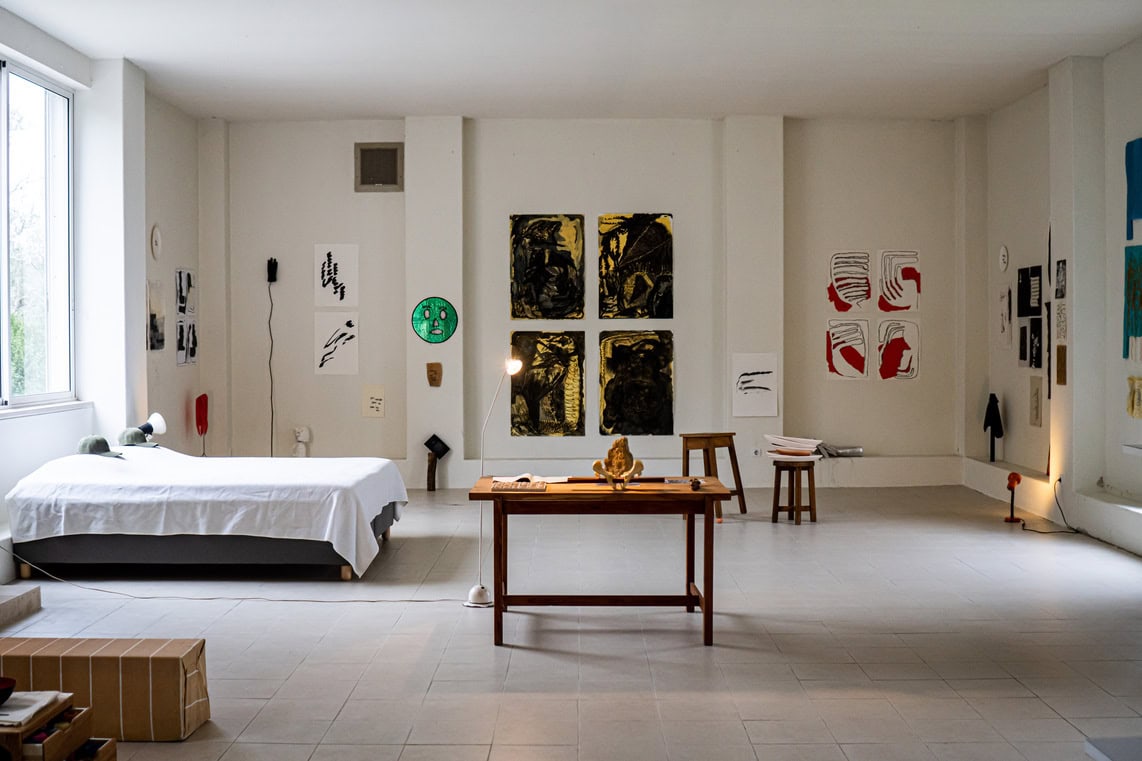
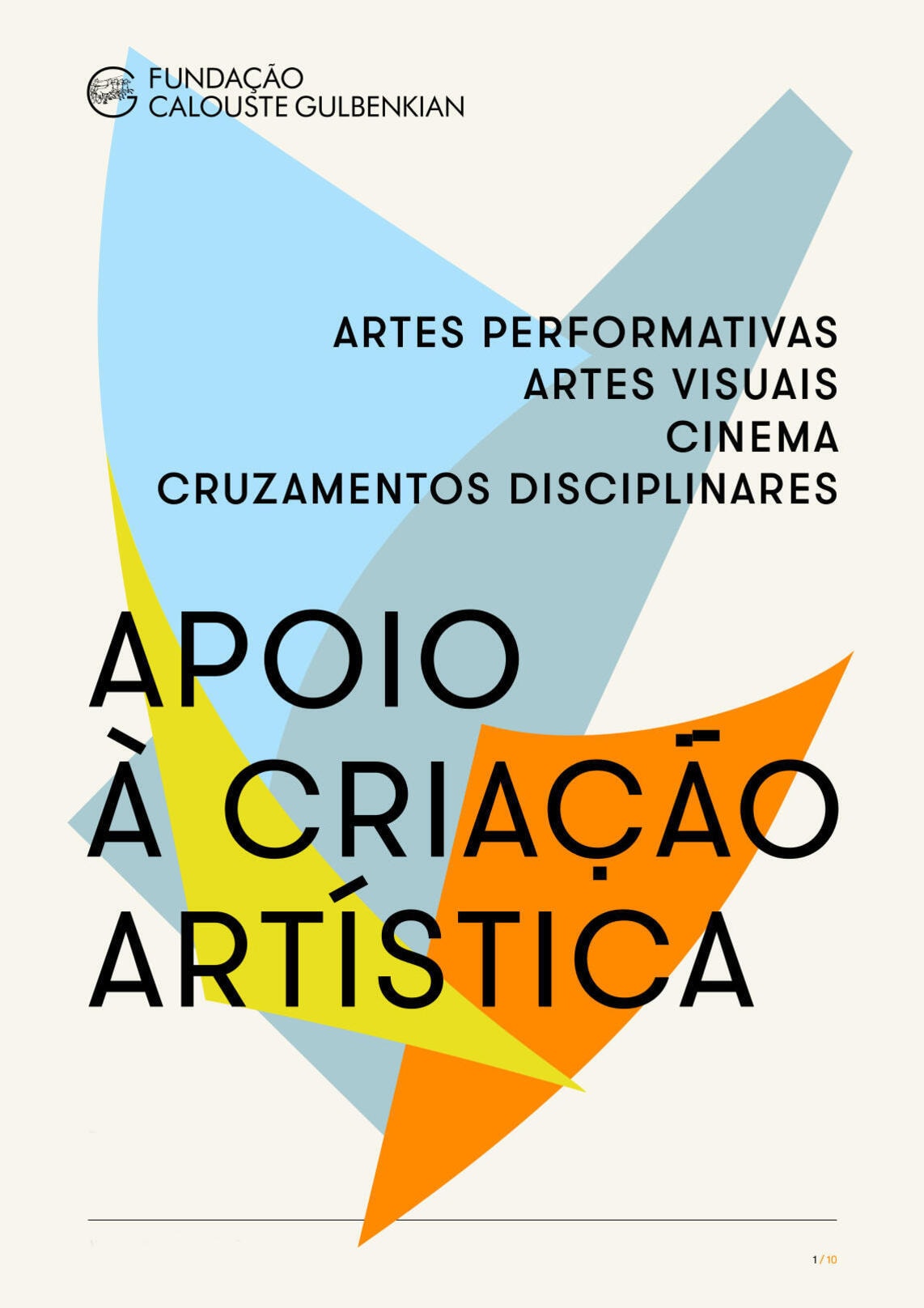
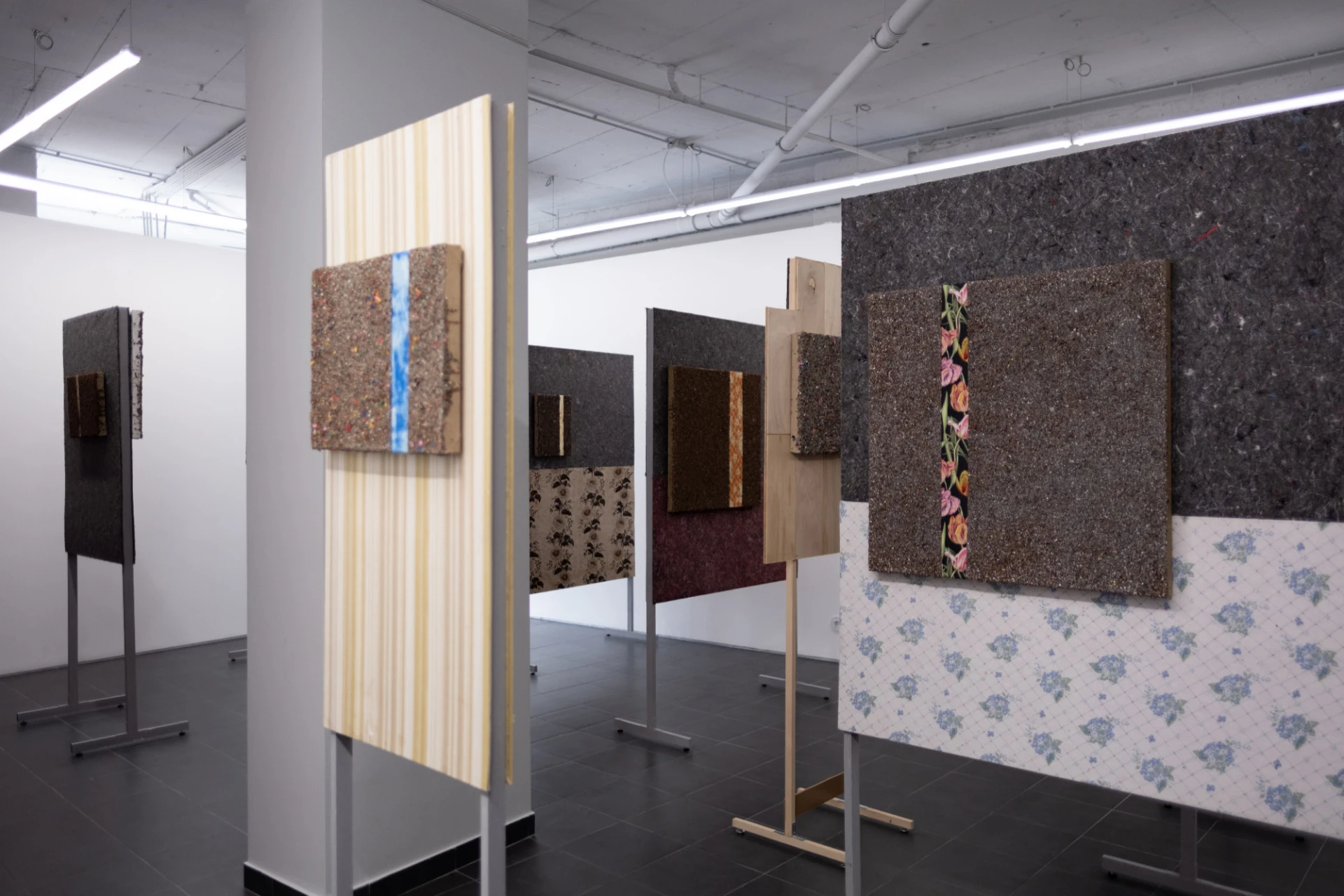
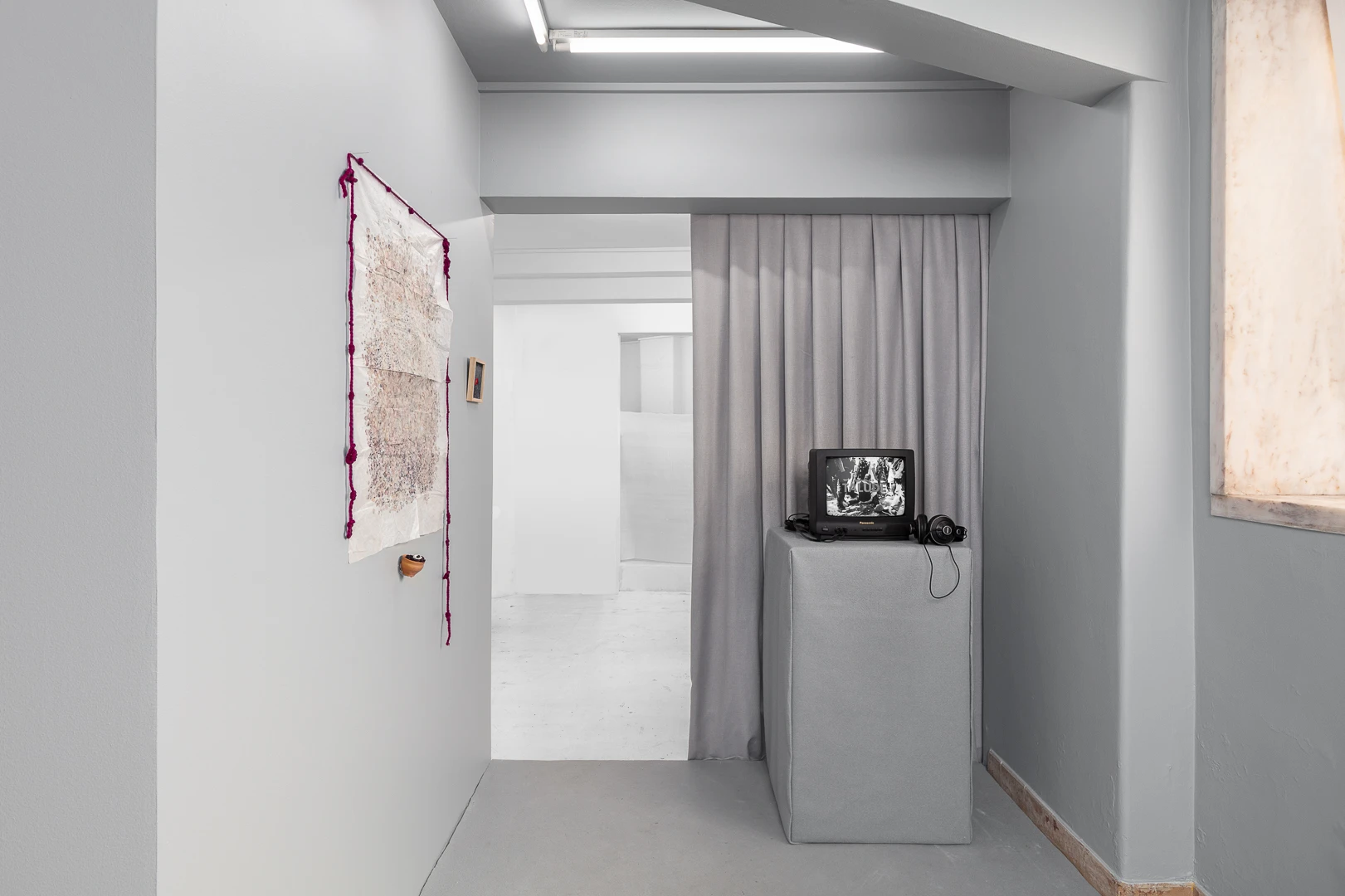
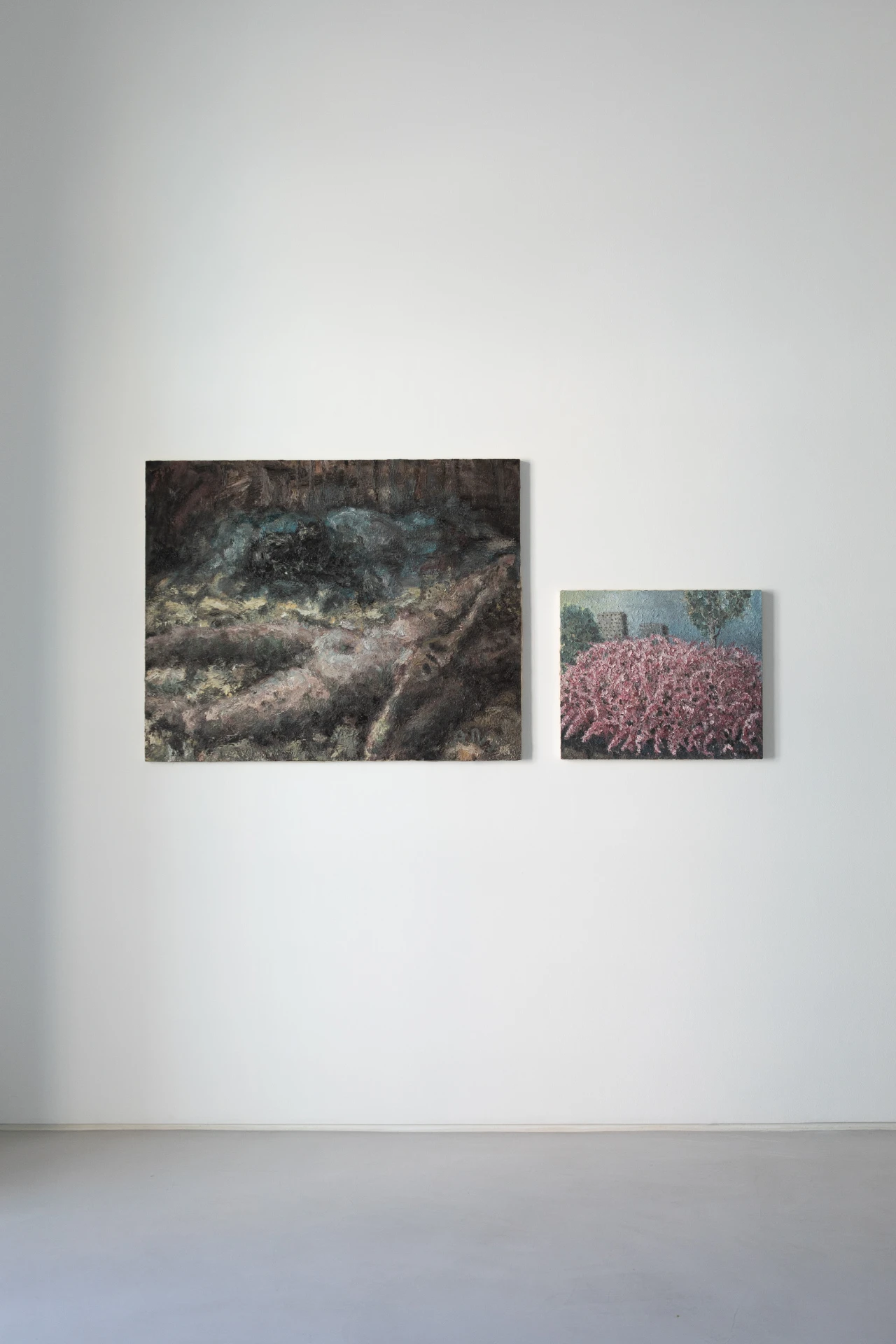
-nwaos.jpg)